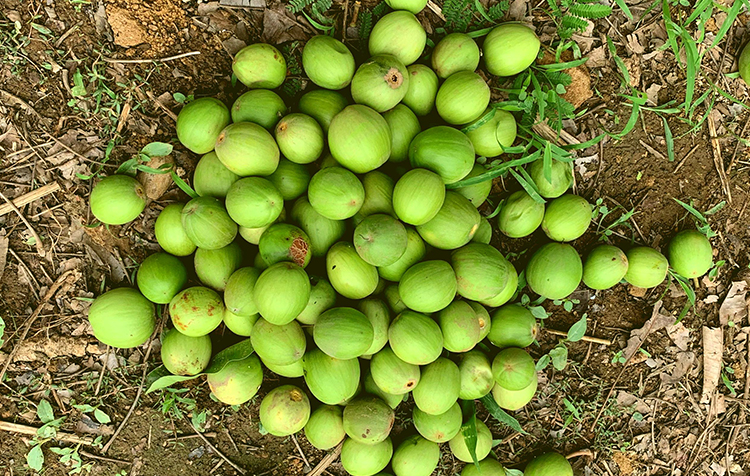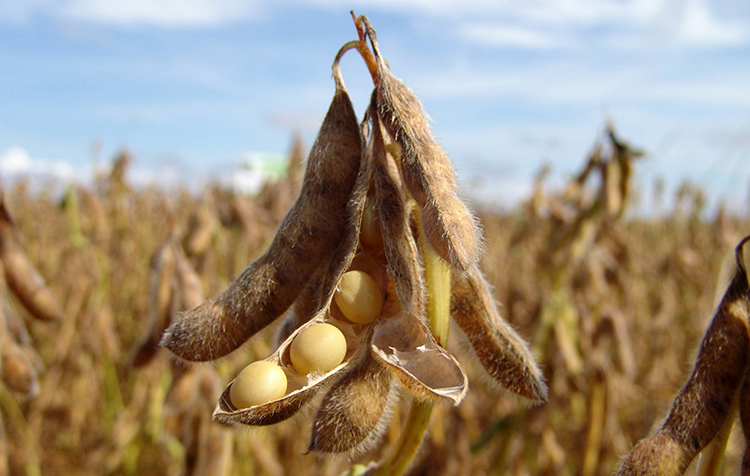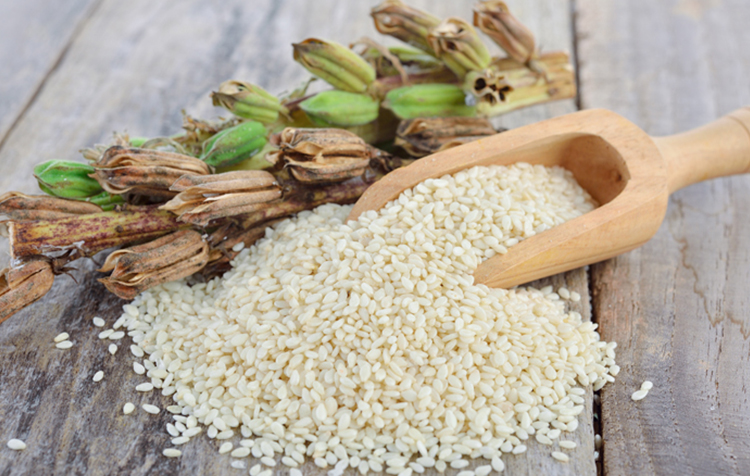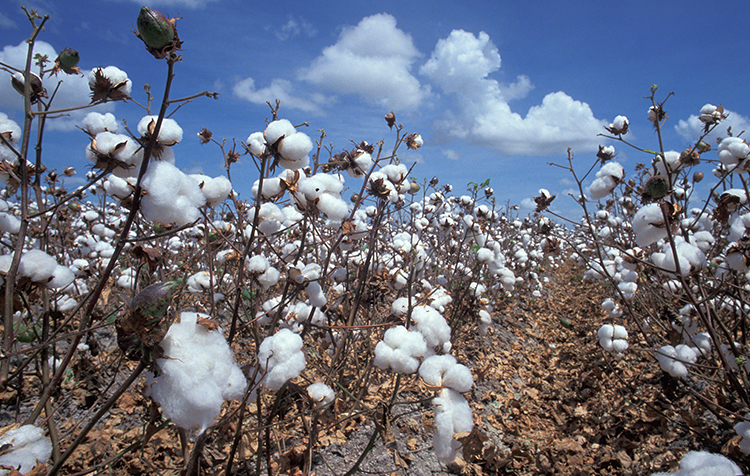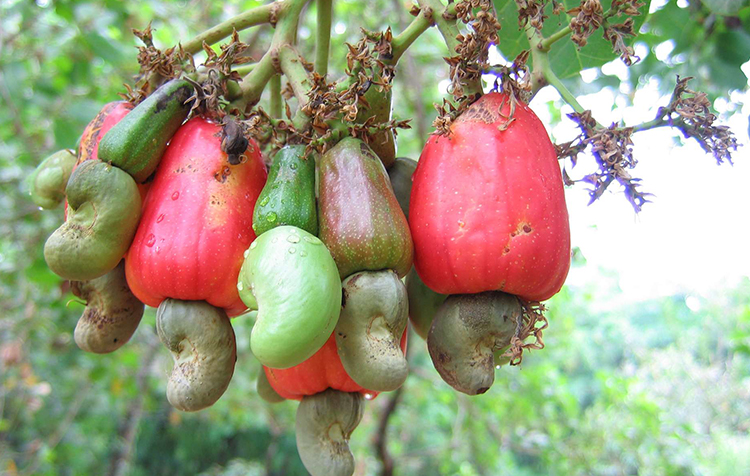
Description
The cashew nut originated in Brazil, but its cultivation has spread to many tropical regions. Recognisable by its kidney shape and hard shell protecting a creamy kernel, it is rich in proteins, healthy fats, vitamins and minerals.
Technical details
Common name: Cashew nut
Aspect : Drupes avec une coque double, une coque externe toxique et une amande comestible Composition nutritionnelle typique pour 100g de noix de cajou crues :
Calories: 553 kcal
Fat: 43.9 g (including monounsaturated fatty acids)
Glucides Carbohydrates: 30.2 g: 30,2 g
Protein: 18.2 g
Fibre: 3.3 g
Vitamins: Vitamin E, vitamin K, B group vitamins (B1, B2, B3, B5, B6, folic acid)
Minerals: Magnesium, phosphorus, zinc, copper, iron
Eaten as a snack, as a culinary ingredient, or used to make by-products such as cashew butter.
Potential health benefits: Contribution of essential nutrients, cardio-protective potential thanks to monounsaturated fatty acids, antioxidant properties, boost to the immune system.
Precautions: The toxic outer shell must be carefully removed before consumption.
Please note that the nutritional values may vary slightly depending on the variety and method of preparation of the cashew nuts.

 English
English Français
Français 官话
官话
